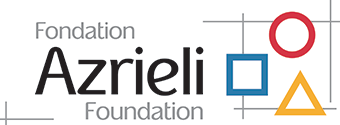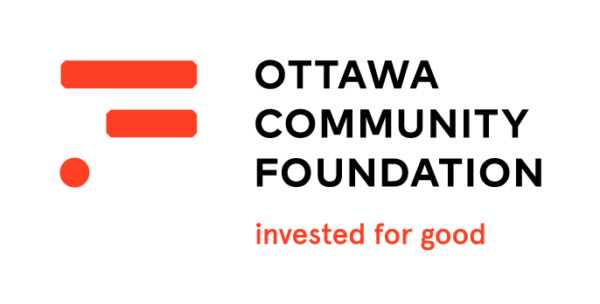Many of you may have had the following experience: you are teaching a student, and it has not been going well for a while now. You have been using all of your usual activities, tricks, and tips, and they don’t seem to be working. The student is not making much progress, and every lesson feels like a struggle. You notice they are getting frustrated or bored. Maybe some behavioural issues are appearing and making it difficult to even try getting things done during the lessons. Now you are starting to get frustrated and feeling burnt out. They are clearly not enjoying the lessons, and you are starting to feel anxious or annoyed when you think about teaching them. You may be thinking that the student is “just not cut out for music lessons”.
Sound familiar? This pattern is actually quite common for us as music teachers, and it can really make our job feel like a grind. Very often, it can happen because we are using a deficit model with that student. This attitude can be toxic for the learning process, especially for students with exceptionalities. The good news, however, is that we can change our perspective at any time!
First, let’s talk about what I mean when I say “deficit model”. When we first start working with a new student, we may have certain expectations about how lessons should work. These may be based on external standards, like syllabi or certain methods we subscribe to. They could also be based on more abstract beliefs we have about music learning, for example that “all students must read music from the first lesson.” When we use a deficit model, we require all students to fit into our preconceived expectations and standards. Those who do are often given labels, like “good student”, “talented”, or “compliant”. On the other hand, any students who struggle to learn within our particular method or standards are seen as having some kind of deficit. These students are then given any of a number of pejorative labels: “bad student”, “unmusical”, “problematic”, “unmotivated”, and many others. As a result, many of them get weeded out as “unfit” for music learning. Others just get tired of feeling unsuccessful and eventually drop out of lessons.
At this point, some of you might be asking, “What’s wrong with that? Not everyone is made for music learning, so as teachers we need to have high standards. If students can’t meet those standards, they can find another activity to pursue…”
It is true, there are many other activities out there, and I don’t think we should force everyone to take music lessons regardless of their level of interest. But actually, isn’t everyone made for music learning in some capacity? Isn’t there more to music learning than just reaching a certain level of achievement? If so, then equipping students of all abilities to enjoy music making and reach their own full potential has a great deal of value. In order to do that though, we need to see every student as capable of music learning in their own way. With a deficit model, what often ends up happening is that students are labelled as “unmusical” or “problematic” because they are not a good fit for our expectations and methods, not because they are incapable of learning music altogether. This is especially true of many students with exceptionalities, who by definition tend to learn in atypical ways and need different standards of success. Including all students is important because many students with exceptionalities really enjoy music. Even though they are not able to learn easily using traditional methods and standards, music learning can still be really beneficial and impactful. However, our expectations can set these students up to struggle, rather than to succeed. This means we inevitably focus on what they can’t do and how they don’t meet our standards. We then spend a lot of time pushing them to do things our way, and then we feel frustrated when they don’t do well.
So what’s the alternative to the deficit model? How can we get out of this cycle, teach to each student’s individual capabilities, and set them up for success? A great option is to use a strengths-based approach. This means viewing every student as capable of music learning and adjusting our own expectations and teaching to their unique abilities. In this model, strengths, rather than deficits become the central focus of lesson activities. Just to be clear, this does NOT mean that we ignore students’ difficulties, or that we don’t control lesson structure, create specific goals, and encourage students to do their best. What it does mean is that we allow the student to learn primarily using their own strengths. For areas where students are lacking skills or needing improvement, we can create remedial activities to help them grow. This often works best if it is done in small bits and using games or other fun activities. With this approach, students generally feel successful and capable during their music learning. At the same time, challenging areas can gradually improve, and both you and the student will be able to see progress over longer periods of time without feeling pressured.
For example, maybe your student learns very well by ear. You firmly believe that students should learn to read music, but reading and playing is a big challenge for them at this stage. Using the deficit model, you might decide to push them to learn their repertoire through note reading because you feel that is the “correct” way to learn to play an instrument, and when they struggle with that aspect, they are viewed as unable to learn music. But the great thing about music is that it can be taught and experienced in many ways—in fact, music is an aural art! With a strengths-based approach, this student will be encouraged to learn most of their pieces by ear at this stage. This will allow them to feel successful and motivated to continue to engage in music learning. In the meantime, you can use reading games and other targeted activities as a small part of every lesson to gradually build that skill. Once the skill has developed more, you can then incorporate it into their repertoire. By then, it will feel much easier to the student than if they had been forced to play only by reading from the beginning. This may mean letting go of some of our preconceptions about what music lessons should look like, but it will allow us to reach so many more musicians in the making.
In short, a strengths-based approach:
- Is student-centered: pedagogy is built based on each student as a unique individual, rather than the teacher’s preconceptions or a prescriptive method.
- Focuses on what students can do: areas of strength are the central part of lesson structure.
- Makes learning in areas of weakness manageable: remedial activities are used to build skills gradually in a fun and engaging way.
- By using a strengths-based approach, you will be able to set students up for success right from the beginning. Even if you don’t have it all figured out from day one, don’t worry! Having this mindset will give you the flexibility and curiosity to continue adapting your approach until you find the right plan for each student.
Happy Teaching!



